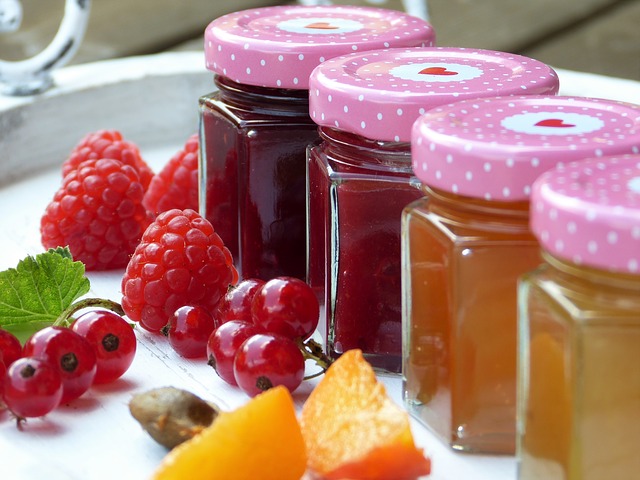We’ve all heard the recommendation to reduce the amount of added sugar we consume in order to promote good health, but what exactly is added sugar? And what is the difference between added sugar and naturally-occurring sugars?
Let’s keep it simple: naturally-occurring sugars are part of the carbohydrates in fruit, vegetables, and unflavored milk and yogurt. Added sugars are any type of sweetener added to foods during processing, such as adding sugar to cereal, flavored yogurt, pastries, or beverages like soda and energy drinks.
Added sugars go by a lot of different names that you’ll see on food ingredient lists, including brown sugar, corn sweetener, corn syrup, dextrose, fructose, glucose, high-fructose corn syrup, honey, invert sugar, lactose, malt syrup, maltose, molasses, raw sugar, sucrose, trehalose, turbinado sugar, evaporated cane juice, and concentrated fruit juice. We also add sugars to our foods at home, such as putting a teaspoon of sugar in coffee, spreading jam or jelly on toast, pouring maple syrup on pancakes, or adding honey to a smoothie.
Why should we reduce the amount of added sugar we consume?
The scientific evidence used to create the 2010 and the 2015-2020 Dietary Guidelines for Americans supports using less added sugars to decrease calories and improve health. Expert groups such as the American Heart Association, the American Academy of Pediatrics, and the World Health Organization also recommend using less added sugars.
The 2015-2020 Dietary Guidelines recommend limiting calories from added sugars to no more than 10% of the total calories consumed each day. That’s 200 calories, or about 12 teaspoons, for a person eating a 2,000 calorie per day diet. The average American consumes 270 calories of added sugars each day. That’s about 17 teaspoons of sugar!
Not only do sugars increase calories which contribute to obesity, they also contain no essential vitamins or minerals that we need for good health. Consuming foods high in added sugars crowds out more nutrient-dense foods; think about the difference between eating an apple pastry that is high in added sugars and enjoying a fresh apple that contains vitamins, minerals, fiber… and no added sugar.
The American Heart Association recommends limiting added sugar to 9 teaspoons or 150 calories per day for men and 6 teaspoons or 100 calories per day for women because added sugar is associated with increasing obesity, higher blood pressure, more inflammation, and oxidative stress that all contribute to cardiovascular disease and higher levels of triglycerides. We may not think about added sugars contributing to heart disease, but they are a major source of concern.
The American Academy of Pediatrics recommends that children age 2-18 years should consume no more than 6 teaspoons of added sugar per day due to links between added sugars and cardiovascular disease, high blood pressure, obesity, and diabetes. On average, U.S. children consume 19 teaspoons of added sugar daily, largely from soda, fruit-flavored drinks, sports drinks, cakes, and cookies.
Children under 2 years of age should not consume any added sugars because they need nutrient-rich foods to support their rapidly growing bodies and brains. When young children aren’t exposed to added sugars, they don’t develop a strong desire for very sweet food.
The World Health Organization recommends adults and children reduce their daily intake of added sugars to less than 10% of their total energy intake to reduce rates of obesity and tooth decay. A further reduction to below 5% or roughly 25 grams (6 teaspoons) per day would provide additional health benefits.

Images via Pixabay
Tips to Help You Reduce Your Added Sugar Consumption:
- It’s simple and easy to measure the amount of sugars you add to foods and beverages at home. That way, you can make sure that you’re staying under the recommended amount. Be sure to use measuring spoons for the best accuracy.
- The Food and Drug Administration (FDA) has mandated changes to the food label, listing the amount of added sugars as a separate line under total sugars so that you’ll know exactly how much added sugar is in your favorite breakfast cereal, cookies, flavored yogurt, or ice cream.
- For food labels that aren’t yet updated, look at the list of ingredients. Ingredients are listed in descending order by weight, so the first three ingredients are the most important. Look for sources of added sugar in these first three ingredients and choose foods that don’t have those sources at the tops of their lists.
- Choose unsweetened, unflavored yogurt and mix in fresh fruit or microwaved frozen fruit with no added sugar for a naturally-sweet breakfast or snack. Use this same tip for oatmeal: choose unflavored oatmeal and add your own fruit. Cinnamon also brings out the natural sweetness in foods, so sprinkle foods like yogurt and oatmeal with cinnamon.
- Choose unsweetened beverages such as plain seltzer water, unsweetened flavored waters, or herbal teas. Or make your own flavored waters using fruit: add a splash of 100% fruit juice to a glass of water, or stir lemon or lime slices into water.
By Lynn Grieger, RDN, CDE, CPT, CHWC
Copyright foodandhealth.com, reprinted with permission.

